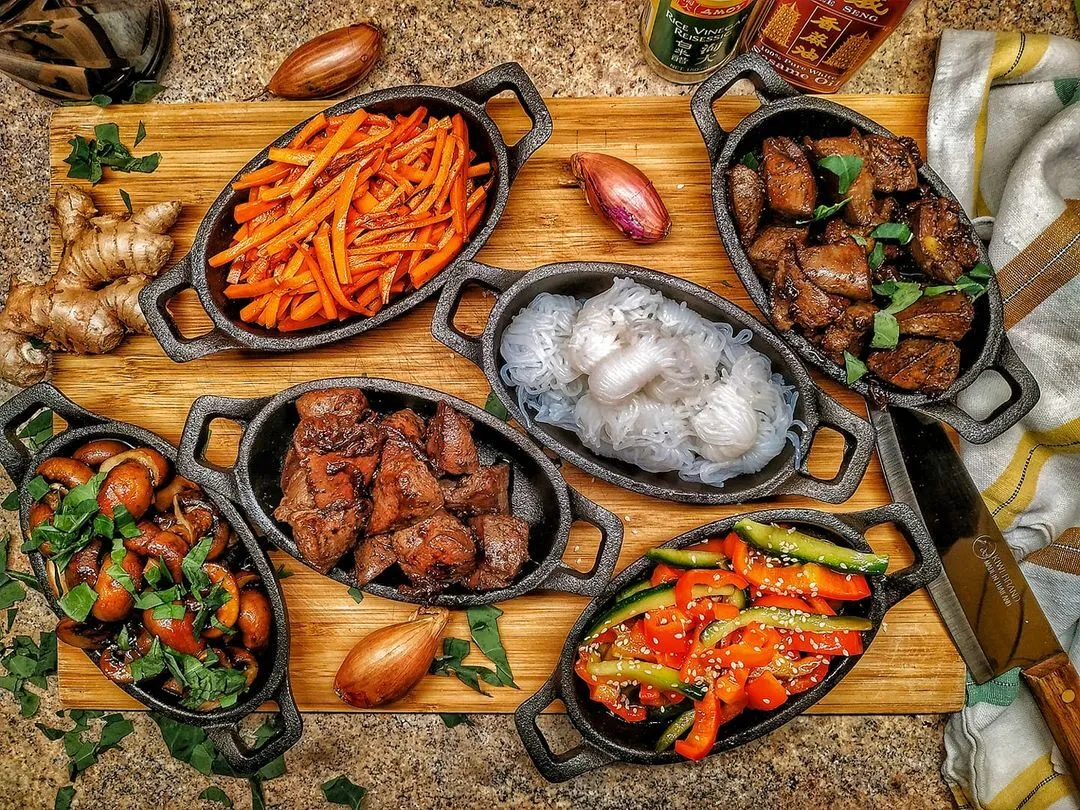
cast iron pot for bread baking
The Art of Bread Baking with Cast Iron Pots
Bread baking is a cherished culinary tradition that has been passed down through generations. With the resurgence of interest in home-cooked meals and artisan foods, many aspiring bakers are seeking the perfect tools to craft their loaves. One of the most renowned options for bread baking is the cast iron pot. This humble yet powerful kitchen essential plays a pivotal role in achieving that ideal crust and tender crumb that artisanal bread is famous for.
Why Choose a Cast Iron Pot?
One of the standout features of cast iron pots is their exceptional heat retention and distribution. Unlike other materials, cast iron is capable of radiating heat evenly, ensuring that every part of your bread receives the same temperature. This consistency is key to achieving a well-risen loaf with a beautiful, caramelized crust. When a cast iron pot is preheated and dough is placed inside, the high temperature creates steam. This steam is crucial for the initial rise of the bread, leading to a bread that is airy and light rather than dense.
Moreover, cast iron’s versatility cannot be overstated. These pots can be used in the oven, on the stovetop, and even over an open flame, making them perfect for various baking methods. From sourdough to no-knead bread, the cast iron pot’s ability to maintain stable temperatures creates ideal conditions for fermentation and baking.
Choosing the Right Cast Iron Pot
When selecting a cast iron pot for bread baking, size matters. A pot with a capacity of 4 to 6 quarts is often considered ideal for standard bread recipes. This size provides enough room for the dough to rise and expand without overly crowding the pot. Additionally, consider the shape of the pot; Dutch ovens, which often come with heavy lids, are particularly effective as they help trap steam and maintain humidity within the baking environment.
cast iron pot for bread baking

Another important aspect is the enamel coating. While traditional cast iron pots require seasoning to maintain their non-stick surface, enameled cast iron eliminates this step and can offer easier cleanup. However, traditional cast iron pots promote better crust formation thanks to their natural seasoning.
Baking Bread A Simple Guide
To begin your bread-baking journey with a cast iron pot, you’ll want to prepare a basic dough. Common ingredients include flour, water, yeast, and salt. After mixing and allowing the dough to rise for several hours (or overnight for enhanced flavor), carefully shape it into a ball. Preheat your cast iron pot in the oven at around 450°F (232°C) for at least half an hour.
Once preheated, remove the pot (caution it will be extremely hot!), and place your dough inside. Cover it with the lid and return it to the oven. Baking will typically take just over 30 minutes, with the first half covered to trap steam and create that coveted crust. For the last 10-15 minutes, you can remove the lid to allow for browning.
The Rewards of Baking in a Cast Iron Pot
The result is a loaf of bread that not only tastes delicious but also has an impressive artisanal appearance. The crust develops a deep, golden brown color with a slight crunch, while the inside remains soft and airy. There's a great sense of accomplishment that comes with producing homemade bread, especially when utilizing a versatile tool like a cast iron pot.
In conclusion, embracing the use of a cast iron pot can truly elevate your bread-baking experience. With its ability to generate steam and maintain an even baking temperature, it remains an indispensable tool for both novice and seasoned bakers. So, gather your ingredients, preheat your cast iron pot, and embark on a delightful baking adventure that will fill your home with the inviting aroma of freshly baked bread.
-
Season Cast Iron Perfectly with GPT-4 Turbo TipsNewsAug.01,2025
-
High Quality Cast Iron Cookware - Baixiang County Zhongda MachineryNewsAug.01,2025
-
Premium Cast Iron Pan: Durable & Perfect HeatNewsAug.01,2025
-
High Quality Kitchen Durable Black Round Cast Iron Cookware Pancake Crepe Pan-Baixiang County Zhongda Machinery Manufacturing Co., Ltd.NewsAug.01,2025
-
Cast Iron Cookware - Baixiang County Zhongda Machinery | Nonstick, Heat ResistanceNewsAug.01,2025
-
High Quality Kitchen Durable Black Round Cast Iron Cookware - Baixiang County Zhongda Machinery | Non-Stick, Heat Retention, DurableNewsJul.31,2025


